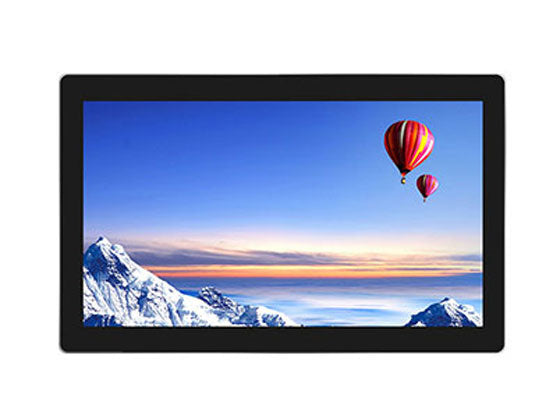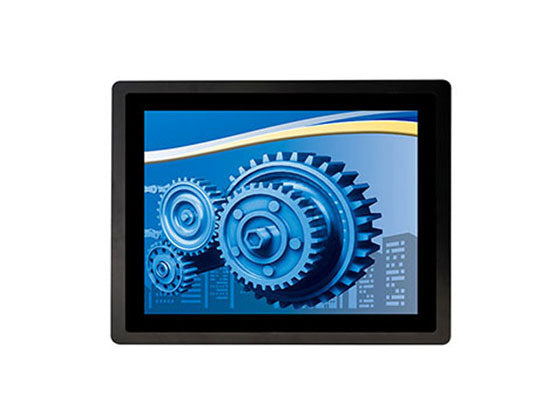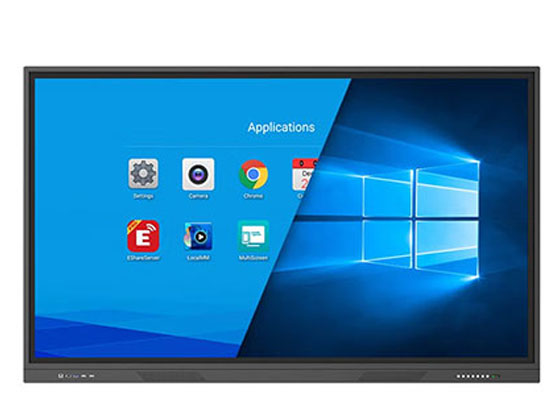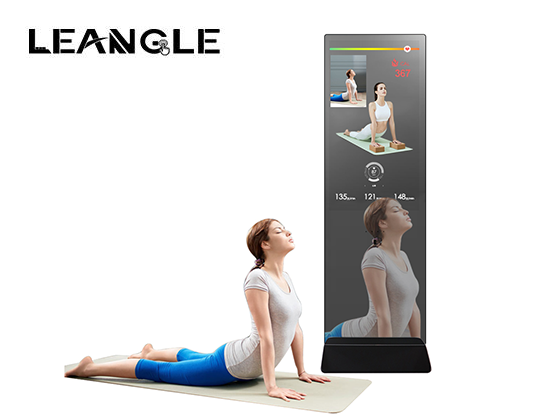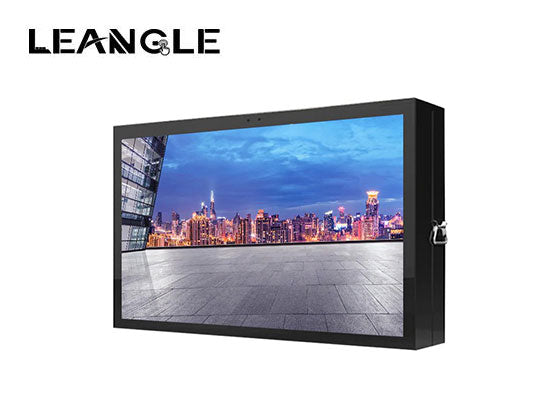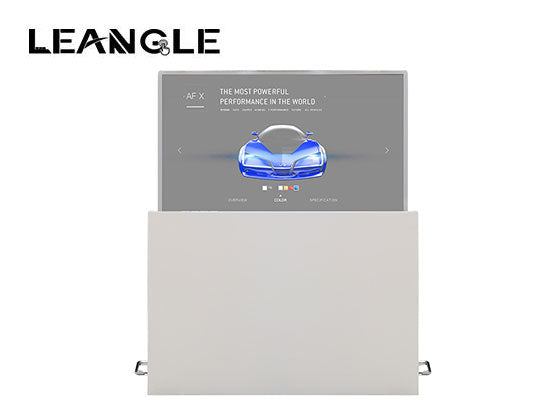When you think of a computer, you probably think of single-chip consumer PCS that swept the market in the '90s and continue to be mass-produced today. The rectangular black box sits on its side or upright, has a CD or floppy disk drive at the front, a power cord that extends from the back, and a vent hole that cuts into the side to allow airflow to cool the internal components. But what do you know about embedded computers?
As technology advances, the size and design of computer systems have changed dramatically. Today's commercial embedded computers, hardly resemble desktops. But, perhaps more importantly, the way industry uses computers has evolved to include applications that didn't seem impossibly long ago. But what exactly is an "embedded PC"? How does it differ in form and performance from the consumer tower computers still commonly used in today's homes and offices?
Another term we often use to define product lines is Appliance PC. Many of our customers are using our systems for a very specific task or operation. Creating dedicated equipment to do one thing well requires highly customizable, ultra-reliable hardware that can be configured to the exact requirements of a given application. The device, the computer itself has many of the same features as the embedded PC (dedicated I/O, Fanless and unventilated case, compact shape), but the device PC is not designed to be used in combination with other devices, but is designed to operate independently.
When we talk about an "embedded computer," we mean a stand-alone PC that is used as part of any larger system. Our embedded computers can be used for everything from data-gathering devices in solar arrays and navigational devices on NASA's planetary rovers to the brains behind sophisticated digital signage displays and modern interactive kiosks. Chances are that on your travels today, you walked directly past many embedded computers without even knowing they were there, thus providing silent power to the devices and systems on which we all depend.
The way embedded PCS are used is the easiest to define, but there are some key features that make embedded computers an important part of modern system design. Embedded computers have a number of important advantages over standard consumer hardware.
Small size: One of the outstanding characteristics of almost all embedded computers is size. Embedded computers are often built around small motherboards such as the Mini-ITX, Intel's NUC and even tiny single-board devices such as the BeagleBone Black, which can be installed in places where outdated pylons would never fit. Solid state storage and flexible installation options also make the embedded PC usable in almost any location or orientation.
Low maintenance costs: In many cases, as the name implies, embedded computers live inside complex systems, so reliability is very important. Industrial computers are carefully designed to provide 24 hours of uninterrupted operation, usually in carefully designed, Fanless and unventilated cases that efficiently dissipate heat while protecting internal components from environmental damage such as dust, air debris, extreme temperatures, moisture and vibration.
Efficient cooling: Consumer computer systems use fans to help circulate air over components and keep them cool. In embedded systems, fans cause potential failures and require holes in the chassis to allow air to enter and escape. While some embedded PCS still use fans, advances in passive cooling technology have allowed many industrial PCS to keep their components sealed while still effectively radiating heat without the need for a fan. Removing the fan reduces failure rates, eliminates noise and provides more space for integrated components.

